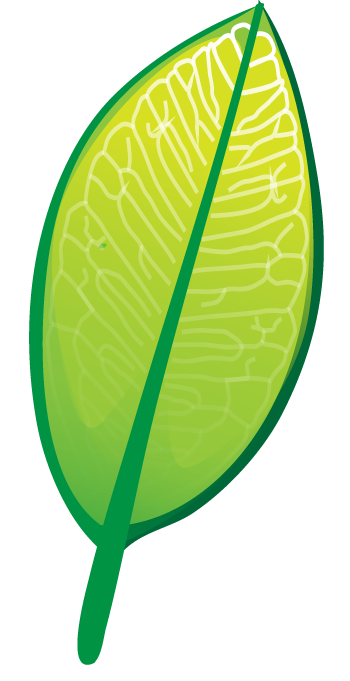How To Use The TNRS
Follow these steps to use the TNRS:
1. Enter your names. Paste your list of names into the "Scientific names to check" box, one name per line.
2. Choose your settings. For most users, the default settings are generally best. However, if you only want to parse your names into their component parts, without matching or resolving, then set "Processing Mode" to "Perform Name Resolution". By default, setting "Taxonomic sources" includes only one global taxonomic source, WFO. However, some users may prefer to select WCVP, a different global taxonomic source. Please note that WCVP includes vascular plants only (flowering plants, conifers, ferns, clubmosses and firmosses) whereas WFO also includes bryophytes (mosses, liverworts and hornworts) in addition to vascular plants. In general, we do not recommend using more than one taxonomic source at the same time, as different taxonomic opinions may result in synonymous spelling variants of the same name being treated as separate accepted species. If >1 taxonomic source is used, name resolution results should be reviewed carefully. Also note that source CACT covers family Cactaceae only.
3. Submit! Process your names by pressing the Submit button.
4. Inspect. Always inspect your results before downloading if (a) any warnings are displayed in the first column of the results table (click on the warning symbol for details), or (b) the TNRS found >1 match to a name. The latter will be indicated by the hyperlinked text "(+n more)" after the name in column "Name Matched". Use the provided links to research all potential matches, selecting an alternative match as the best name if appropriate. If a warning indicates that a better higher taxonomic match is available for a submitted name, you should inspect the alternative very carefully, as this may indicate that a better matching genus or family is correct, but the specific epithet was fuzzy matched to an unrelated taxon in a different genus or family.
5. Adjust best match algorithm (if desired). You can adjust the Best Match algorithm on the fly by clicking on the "Best Match Settings" control and selecting "Sort by Higher Taxonomy" instead of the default "Sort by Overall Score". However, in most cases you should instead inspect and change names individually, as changing "Best Match Settings" will discard any manual selections you have made. However, if many names have the warning "Better higher taxonomic match available", you may find it helpful to download your names twice and compare the results: once using the default "Sort by Overall Score" method, and a second time using "Sort by Higher Taxonomy".
6. Download data. After you have inspected your results and made changes, if any, you can download your results by clicking on the "Download Data" control. You will be given the option to download your file as comma-delimited or tab-delimited, and can choose between downloading all matches or the best match only for each name.
7. Download metadata. Use the "Download settings" button to download a summary of the settings, source, & application versions used to process your names. We recommend you include this information in your publication, as the same names processed using different settings, versions or sources may be resolved differently. Reporting this information is important for repeatability of research results.
8. Cite your sources. Please cite the TNRS and all taxonomic sources used in any publication which includes taxonomic names resolved using the TNRS. See Cite for details.
